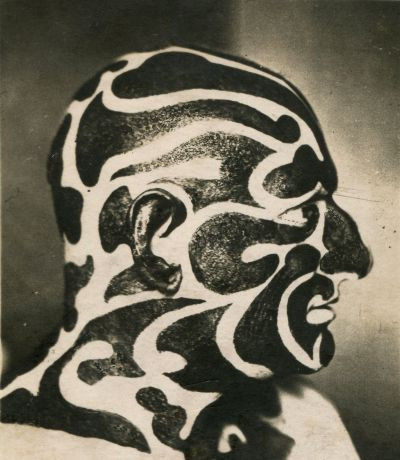Tattoo Flash: From Timeless Classics to Custom Creations
- thebluebloodstudios

- Mar 28
- 3 min read
Tattoo flash — sheets of pre-designed tattoos displayed on studio walls — are an iconic part of tattoo history. But where did they come from, and how do they fit into today's world of custom and culturally traditional designs? Let's dive in.

The History and Tradition of Flash
In the early days of tattooing, particularly in the late 19th and early 20th centuries, flash designs were essential. Sailors and other traveling individuals needed quick and accessible tattoo options. Artists created sheets of these designs, often featuring classic imagery like anchors, roses, and swallows, which could be easily replicated.
These flash sheets were practical, enabling artists to work efficiently and clients to choose designs on the spot. They became a staple in tattoo parlors, especially those catering to transient populations.
Flash and American Traditional
American Traditional tattooing, with its bold lines, saturated colors, and timeless motifs, is deeply intertwined with flash designs. Imagine the bustling tattoo shops of the early 20th century, where the artistic foundation of a style was being laid. Figures like Percy Waters and Bert Grimm were not merely drawing pictures; they were crafting the very visual language of American tattooing.
Percy Waters, with his meticulous eye and steady hand, produced flash sheets that were more than just templates; they were blueprints for a generation of tattooers. His work, alongside his supply of machines, helped standardize the craft, spreading a consistent style across the country. Then there was Bert Grimm, a seasoned traveler and storyteller, whose art reflected the rugged spirit of the American landscape and the tales of those who roamed it. His decades-long career saw him shaping the visual identity of the trade, leaving behind a legacy of iconic designs that continue to resonate. These artists, through their flash, weren't just creating tattoos; they were documenting the stories and symbols that defined a culture.
Flash designs in this style were not just about aesthetics; they were about conveying stories and values. Each image had a specific meaning, making them a powerful form of self-expression.
Juxtaposition: Flash vs. Custom vs. Culturally Traditional
While flash designs remain an important part of tattoo history, the tattoo landscape has evolved. Today, we see a blend of flash, custom designs, and culturally traditional (tribal) tattoos.
Flash Designs:
Offer classic, time-tested imagery.
Are quick and convenient for both artists and clients.
Embody the history and tradition of tattooing.
Custom Designs:
Allow for highly personalized and unique tattoos.
Enable clients to bring their own ideas and visions to life.
Reflect individual stories and preferences.
Culturally Traditional (Tribal) Designs:
Carry deep cultural and spiritual significance.
Often represent lineage, identity, and community.
Require respect and understanding of their cultural context.
The Modern Tattoo Studio
In studios like Blue Blood Studios, you'll find a blend of all three. Artists may offer classic flash designs, create custom pieces based on client ideas, or even work with culturally traditional motifs, always with the utmost respect and understanding.
The choice between flash, custom, and culturally traditional designs ultimately depends on the client's preferences and intentions. Flash designs offer a connection to tattoo history, custom designs provide a platform for personal expression, and culturally traditional designs connect individuals to their heritage.
Whether you're drawn to the timeless appeal of flash, the unique creativity of custom designs, or the deep significance of culturally traditional tattoos, the world of tattooing offers something for everyone.






Comments